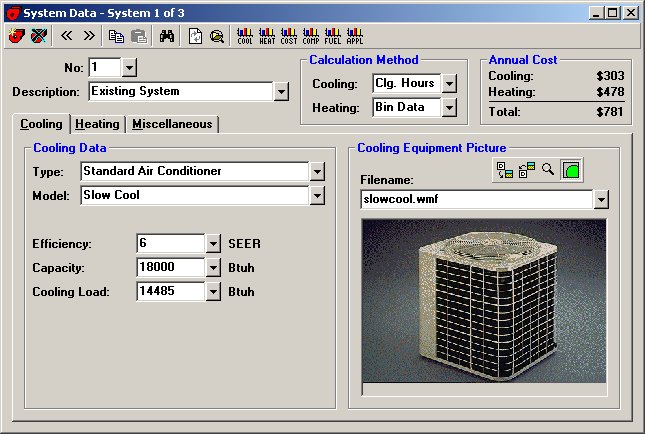
Lawrence Berkeley National Laboratory (LBNL) documented energy analytics enabled primary energy savings ranging from 12 to 30%. It has been shownthat adequate hardware across the building, including submetering, sensors, actuators, and integrated analytics and control software, can save energy by influencing user behaviour, operations optimisation and uncovering inefficiencies onlydetected when combining multiple data sources. The country has set the goal of achieving an 80% reduction in greenhouse gas (GHG) emissions by 2050 against a 1990 baseline. In the UK, buildingrelated industries accounted for 20% of the total annual greenhouse gas emissions in 2018. The ribbon has a transfer button that will pass the model, mesh and conditions directly into Fluent for further verification and optimization.I INTRODUCTION In 2017, building stock accounted for 36% of the energy used globally and was responsible for 39% of the total CO2 emissions.

When more capabilities are needed for your HVAC simulation, transferring your case file to Fluent is only a click away. When you are ready to solve, refine mode will use the Ansys Fluent solver to give you higher fidelity results.

A mesh will automatically generate and allow you to refine the whole mesh, or even add in local refinement for areas of interest. After narrowing down design concepts, you can finally move into the refine mode for design verification.Īll boundaries, materials and other conditions that were assigned in explore mode will be kept and transferred.

With a single click, you can move into design exploration where you can rapidly explore multiple design concepts with real-time, interactive simulation. Geometry preparation in Discovery allows you to quickly create and prepare your model for simulation or create design variations to study.


 0 kommentar(er)
0 kommentar(er)
